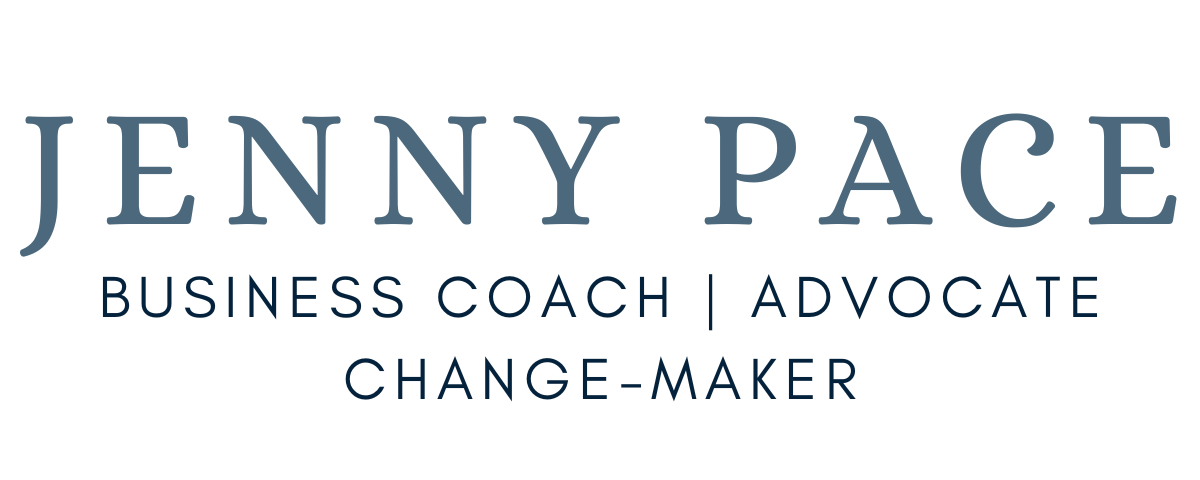 I’ve been thinking recently about what it takes to bounce back from set backs. It’s not always easy, when things go wrong, to come back fighting. Or to deal with it at all, to be honest.
I’ve been thinking recently about what it takes to bounce back from set backs. It’s not always easy, when things go wrong, to come back fighting. Or to deal with it at all, to be honest.
Obviously, we try to prevent things from going wrong. We try to stop disasters from happening, and we try to keep people happy and customers satisfied. But we can’t always control the outcome.
In fact, trying to control the outcome all the time is pretty exhausting and can prevent you from doing what you want to do. You can end up not doing anything, because you’re afraid of doing something wrong.
What’s more important, in fact, is how readily you bounce back.
We’re programmed and often in the habit of beating ourselves up when something goes wrong. Of jumping straight into that familiar story of “I’m such an idiot”, “This is a disaster”, “I can’t believe I let this happen”. Whatever your version of this story is, it can hold you back from responding well from the situation, and, ultimately, it can make the “bad thing” worse.
When you get stuck in this blame-shame story after something goes wrong, you reduce your ability to fix the problem. You prevent yourself from seeing things clearly, and you hold yourself back from turning things around.
And you actually make that “I’m an idiot” voice stronger. Which isn’t what we want at all!
If, instead, you focus on your bounce-ability, you give yourself an opportunity to have a much healthier relationship with mistakes and unforeseen circumstances.
I’ve been working on my own bounce-ability for a while, and there have been moments recently when I’ve thought, “Wow, I would never have been able to deal with that so well – it would have spun me out and made me feel like crap for days.” It’s a muscle I’ve learnt to develop. Thank goodness!
For example, last week I hosted my first live call as part of my course, Inspired Action. I’ve done live chat before – where you’re just typing – but not really a live video call. And I had tested the technology a bit, but it still wasn’t what I expected. We had ads (really awkward ones), and people had them at different times. And, in true working-from-home style, my postman was really determined to deliver a package about 10 minutes into the call. Because I was in my usual spot, he could see me from the window, so not only was he ringing the doorbell, he started waving at me from outside!
First off, I’m incredibly grateful to everyone who was on the call, and was so understanding and kind while all of this was happening. Thank you all for knowing that I’m human!
I’m also proud of myself for keeping my cool, knowing that I kind of had to make the most of the call anyway. I used humour and kindness to explain what was going on, and I made sure that I followed up online with anyone who’d missed a bit of an answer. I encouraged people to ask for what they needed if they didn’t get it in the call because of the interruptions.
And when I say I used kindness, let me clarify: I was kind to myself.
Even while I was on camera and talking to people, I was running a kindness script in my head. “This is a disaster! No, wait, look, people are really enjoying the course. And they’re still on the call. This is going okay, despite interruptions. You’re handling this as best you can, and you know that you can make up for it afterwards. Let’s keep going. Focus on the question in front of you. Ignore the postie…”
Bounce-ability is a shift from “Oh no!” to “Right, what can I do about this?”. Or, when there’s nothing to do, “I did my best, what can I learn for next time?”. (It’s not “Oh my god, that can never happen again!” But, “How can I make it better next time?”)
Bounce-ability recognises that we’re human, that perfection is an illusion, and that progress is where it’s at!
Here’s the thing…
I wanted to share some ideas and resources to help you build and develop your bounce-ability. Many of the concepts are based in self-compassion, and I highly recommend Dr Kristin Neff’s book ‘Self-Compassion’, and the resources on her website.
Here are some ways to build your own bounce-ability:
- Compassion. Let’s start with the biggie. A huge part of bouncing back is accepting mistakes as a part of life, a part of human experience. It’s okay to mess up. It happens. It’s hard, but it’s not a reflection of how brilliant you are. Compassion means recognising when something’s hard for you, being nice to yourself about it and giving yourself credit for dealing with it.
- Letting go of control. Know that you can’t control everything. The “I’m so stupid” response gets in the way of bouncing back because it reinforces the false belief that you’re able to control every outcome, and have failed. In actual fact, you’ve done your best, but something has happened.
- Repeat after me: It’s not the end of the world. Let’s get some loving perspective on whatever has happened. Sure, you might be embarrassed or have lost money on a mistake. But you’re still here, still breathing, still able to choose a great way to deal with it.
The points above are phase 1 – the good self-talk, the positive reinforcements. The better able you are to connect with these three principles, the easier it will be to move on to phase 2 – dealing with it.
- Focus on what you can do. Once we’ve been kind to ourselves about the problem, let’s stop dwelling on it. Rather than getting caught up in over-thinking all the things that led to the problem, let’s focus on now, on what we can do. It might be time to get out the mop and marigolds, and clean up!
- Take initial action quickly. This gets easier with time, because you can complete phase 1 more quickly. Even if it’s one tiny step, the quicker you do it, the quicker you let everyone know you’re on it, and it’s going to be fine (including yourself).
- Have protocol, where possible. This is particularly helpful in your business. For example, if there’s a problem with an order going missing, it can be really helpful for you to decide that you don’t even bat an eyelid – you simply send out another one. Customer’s happy, you’re feeling good, and you haven’t wasted time worrying about how awful or annoying it is. Having protocol, especially for customer service issues, makes it way easier to bounce back from problems. It works really well for semi-predictable situations
- Think creatively, and think long-term. When you allow yourself to focus on all the options (not just the one where you’re hiding in a corner forever), you can really creative about a problem. You don’t just bounce back. You turn the whole freaking thing around! And, what’s more, you recognise that it’s all about the long-term – one little blip isn’t going to set you back.
It’s not always easy to deal with mistakes, and when things go wrong. And I know from my own experience that this is something to develop over time. But I hope that, next time you find yourself in a sticking situation, you’ll come back to these ideas.
Ultimately, I hope you remember that, even when you mess up or something unexpected happens, you’re doing great, you’re only human, and you’ll survive.
Have a great weekend,
Jx
 I love this wistful quote: “There are years that ask questions and years that answer.” (Zora Neale Hurston)
I love this wistful quote: “There are years that ask questions and years that answer.” (Zora Neale Hurston)



